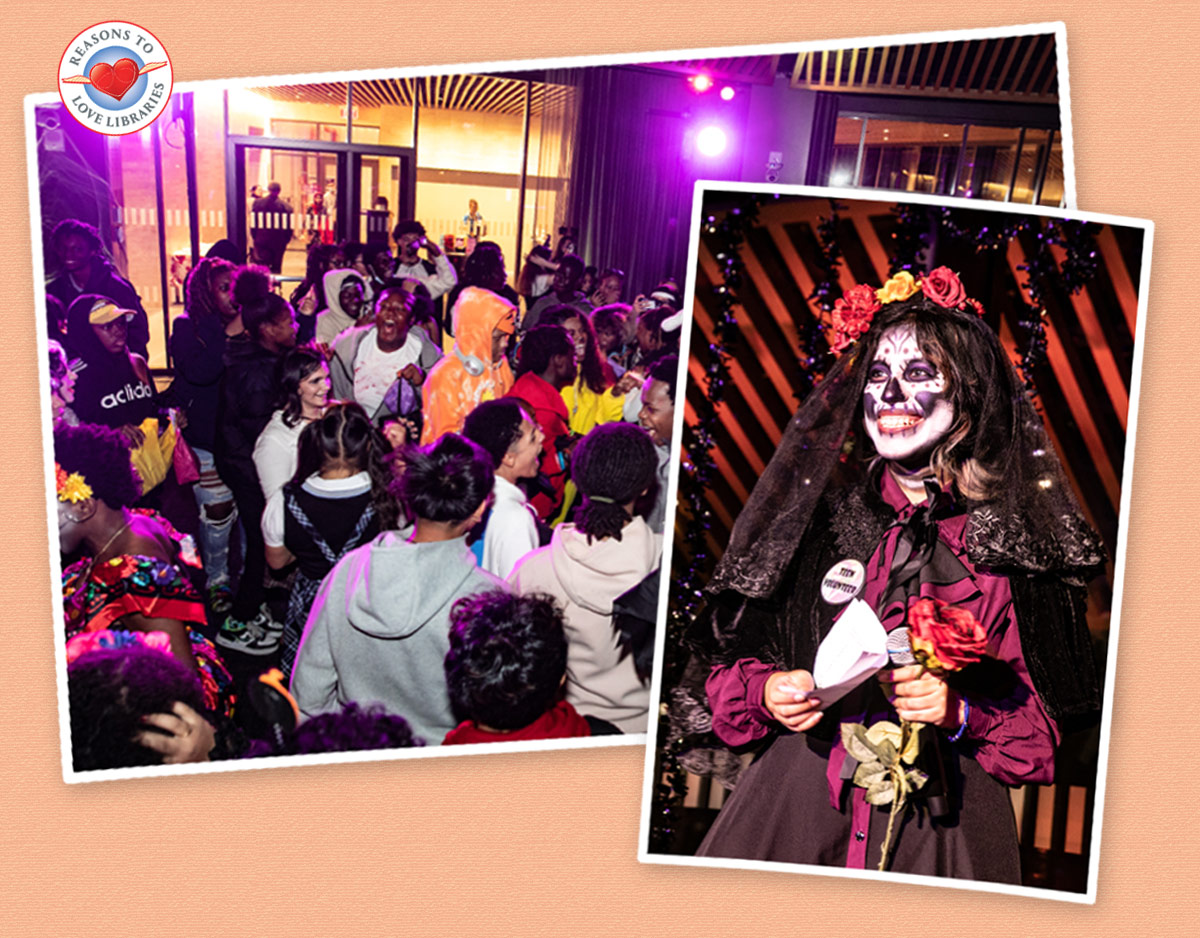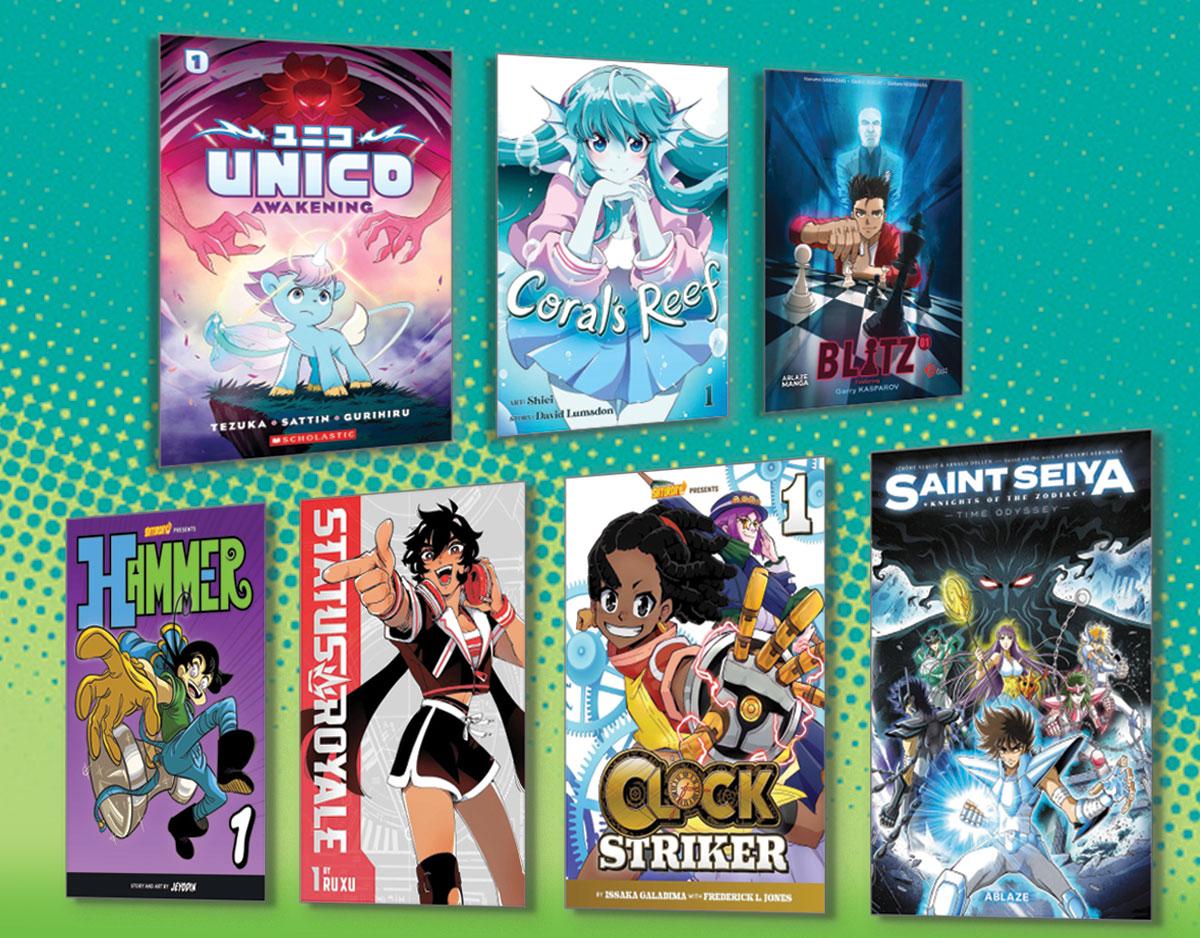Review of the Day: Peter Nimble and His Fantastic Eyes by Jonathan Auxier
 Peter Nimble and His Fantastic Eyes
Peter Nimble and His Fantastic Eyes
By Jonathan Auxier
Amulet Books (an imprint of Abrams)
$16.95
ISBN: 978-1-4197-0025-5
Ages 9-12
On shelves August 1st.
What is the most telling difference between those works of children’s literature written long ago and those written today? Pose this question to a room full of children’s librarians and I suspect that the answers would be myriad. Books today are less racist. They’re willing to push more boundaries. They’re smarter, hipper, less didactic, and so on and such. Pose the question to a room full of kids now. What do they answer? Would they even know where to begin? I wonder since the memorable children’s books of the past, the ones that we hold in our hearts and pass along from generation to generation have a quality that most children’s books today don’t bother to cultivate: timelessness. Of course there are as many bad books for kids that try to reach that golden goal as there are good ones. It is incredibly difficult to write a book for the youth of today that is interesting to them and yet manages to feel “timeless” without covering itself in must and dust. That Peter Nimble and His Fantastic Eyes succeeds in this endeavor is a testament not only to its author but to a publishing world that’s willing to put out something that doesn’t slot into the usual five categories of books for youth.
Babies found floating in baskets usually turn out quite well. They get adopted by pharaohs’ daughters and the like, right? Well, that may be the case for some babies, but Peter Nimble isn’t exactly the lucky sort. Found floating in the sea, his eyes pecked out (presumably by the raven perched there), Peter is abandoned to the wilds of the world. On his own he manages to use his talents to become the world’s greatest thief. This talent is swiftly exploited by the nasty Mr. Seamus who makes Peter steal for him. All seems bleak until the day Peter stops to listen to a crazy haberdasher who has come to town. Next thing he knows, Peter has pilfered a box containing three pairs of magical eyes and in accepting them he allows himself to take part in a marvelous, epic adventure.
ADVERTISEMENT
ADVERTISEMENT
A difficulty with writing a story from the perspective of a blind protagonist is that you’re limited to that person’s senses. Or rather, you would be if the book was first person. Auxier sets his tale in the third, leaving the reader to decide whether or not the book should be this deftly described. We’re still with Peter every step of the way, after all. So is it fair that the text should show such a visual world when that is not Peter’s experience? I don’t find it much of a problem myself, though I can see how some folks would deem it strange. Yet the third person narration is the key here. It’s not even particularly intrusive.
The book is also dotted with small pen-and-ink illustrations throughout the text (created by the author himself, no less) that serve to show a bit of what is described to Peter. It is interesting to see what Auxier chooses to show and not to show. For example, the kitten/horse/knight that is his companion Sir Tode is never fully seen in any of the pictures in this book except for the odd rear view. So it is that Auxier uses his art to give readers just a hint of the story. He leaves most of the characters and situations up to child imaginations, though.
He also has his influences. Jonathan Auxier doesn’t love Peter Pan. No. He loooooooooooves Peter Pan. And remarkably enough, not in a creepy way. Now I’ll confess to you right here and now that I am not a Peter Pan fan. I find it mighty odd. Not The Little White Bird odd, but odd just the same. Auxier, however, manages to reference the Barrie classic of yore without drawing attention to what he is doing. I doubt that many kids would notice the elements in this book that call upon Barrie, but they’re there. Whether it’s the notion of a boy named Peter fending for himself from babyhood onwards, villains that complain about “bad form”, children who fight over the a mother, or a character who receives a hook for a hand, the details are there. Interestingly, this isn’t the only book this year with oblique Peter Pan references spotted throughout the text. The Mostly True Story of Jack by Kelly Barnhill drew my attention in a similar manner.
The violence surprised me a bit. It’s nothing grotesque, mind, but the sheer number of corpses that pile up in the course of the story sort of blew me away. Mostly it’s bad guys, but of course the book has fun playing with who precisely IS a bad guy for some time. In fact, there’s a kind of loose end left dangling as a result. At one point the ravens kill someone and you are left feeling very bad about it. Later, that detail is forgotten in the midst of the story. It’s a dangling emotional beat that doesn’t quite get tied up. A quibble.
What is the most telling difference between works of children’s literature written long ago and those written today? I’ll answer for myself: Tone. The tone of a book like Wind in the Willows or The Secret Garden is difficult to replicate. What Peter Nimble manages to do is create a tone akin to those books of yore. This is straight up quest-driven fantasy fare, my friends, with good old-fashioned stalwart companions, magic, baddies, and the fate of the world in the balance. And while not every tie might be tied off and folks can quibble with a detail here or there, Auxier’s is a strong chapter book debut. Kids will stay with Peter every step of the way. It’s like something you’ve seen before and nothing you’ve ever read.
On shelves August 1st.
Source: Galley sent from author for review.
Note on the Ravens: Ravens are very “in” this year, by the way. Between this book, Wildwood by Colin Meloy, Breadcrumbs by Anne Ursu, Eddie by Scott Gustafson, and now this, it’s rather remarkable. Crows be on your guard. There’s no place for you in children’s literature at the moment.
Misc:
- Read a bit of the first chapter here.
- I love that Jonathan had a prize in mind for the first librarian to spot the typo in the galley’s first paragraph.
Filed under: Reviews
About Betsy Bird
Betsy Bird is currently the Collection Development Manager of the Evanston Public Library system and a former Materials Specialist for New York Public Library. She has served on Newbery, written for Horn Book, and has done other lovely little things that she'd love to tell you about but that she's sure you'd find more interesting to hear of in person. Her opinions are her own and do not reflect those of EPL, SLJ, or any of the other acronyms you might be able to name. Follow her on Twitter: @fuseeight.
ADVERTISEMENT
ADVERTISEMENT
SLJ Blog Network
One Star Review, Guess Who? (#211)
Kevin McCloskey on ‘Lefty’ | Review and Drawn Response
Notable NON-Newbery Winners: Waiting for Gold?
The Seven Bills That Will Safeguard the Future of School Librarianship
Take Five: Newbery Picks, Part Two
Gayle Forman Visits The Yarn!
ADVERTISEMENT








I recently heard my daughter say, “Old books are boring at the beginning, but they get really exciting later.” We were reading the Narnia books at the time, and I went back and checked the first pages of a few other favourites… The Borrowers, Anne of Green Gables, etc. She’s right.
I picked this one up from the friendly (and tall!) Mr. Auxier himself at ALA (with the coveted eyeball bag!) and I can’t wait to read it.
viz Ravens–there’s another one in The Wizard of Dark Street, coming out in a few weeks! I rather like ravens, myself….
Head-ups I’ll be doing an Evolution of the PETER NIMBLE cover soon. Just saying.
Chad
My head is up and I await your posting, oh Art Directing guru.
Just read Peter Nimble, SO WONDERFUL! I agree that it harkens back to slightly darker and lasting classic children tales.
Loved this review! I’m reading Peter Nimble at the moment and reading your review made me think even more how this would be a cool book to write about for my class in the spring on The Golden Age of Children’s Literature, and addressing the very question of the different between the “classic” text and contemporary text in children’s literature. It’s very interesting…I sort of agree with Tanya and her daughter from above, the classic, older books do seem to go a bit slower for me but they are so wonderful that it doesn’t make me put it down. (I wonder if there was the concept of the “page-turner” during the time that the classics like Peter Pan and the Secret Garden were written?…)